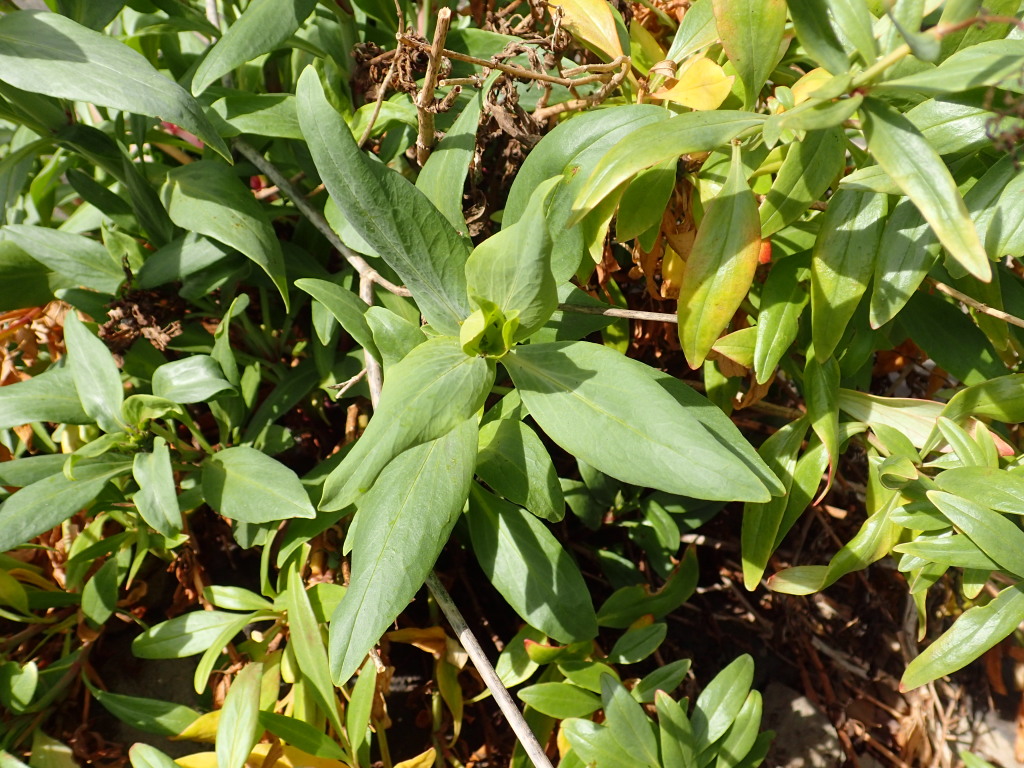Centranthus ruber subsp. ruber
Red ValerianPerennial herb or subshrub to c. 1 m high, glabrous. Lower leaves petiolate, oblanceolate or narrow-elliptic, mostly 3.5–12 cm long and 1–5 cm wide, apex acute, base attenuate, margins more or less entire, younger leaves glaucous; upper leaves sessile, becoming ovate-acuminate, margins often dentate near inflorescences. Thyrses rounded or elongate, often divided into several cymose part-inflorescences; bracts linear, scale-like. Sepals numerous, inrolled at anthesis, spreading in fruit, plumose; corolla pink to rose-red (rarely white), tube slender, 7–11 mm long, basal spur 4–8 mm long, lobes oblong-lanceolate, 2–3 mm long, posterior lobe often slightly longer; stigma small, rounded. Cypsela oblong-ovoid, 3–4 mm long, compressed, surmounted by feathery pappus. Flowers mainly Aug.–Dec.
VVP, GipP, OtP, WaP, Gold, CVU, EGU, HSF, HNF, OtR. Also naturalized WA, SA, Qld, NSW, ACT, Tas. Native to south-eastern Europe. Widely cultivated as an ornamental and for its medicinal properties, occasionally naturalized in cooler areas of the State.
Subsp. sibthorpii (Heldr. & Sart. ex Boiss.) Hayek differs in having all leaves lanceolate, entire and obtuse.
Jeanes, J.A. (1999). Valerianaceae. In: Walsh, N.G.; Entwisle, T.J., Flora of Victoria Vol. 4, Cornaceae to Asteraceae, pp. 647–649. Inkata Press, Melbourne.
 Spinning
Spinning

